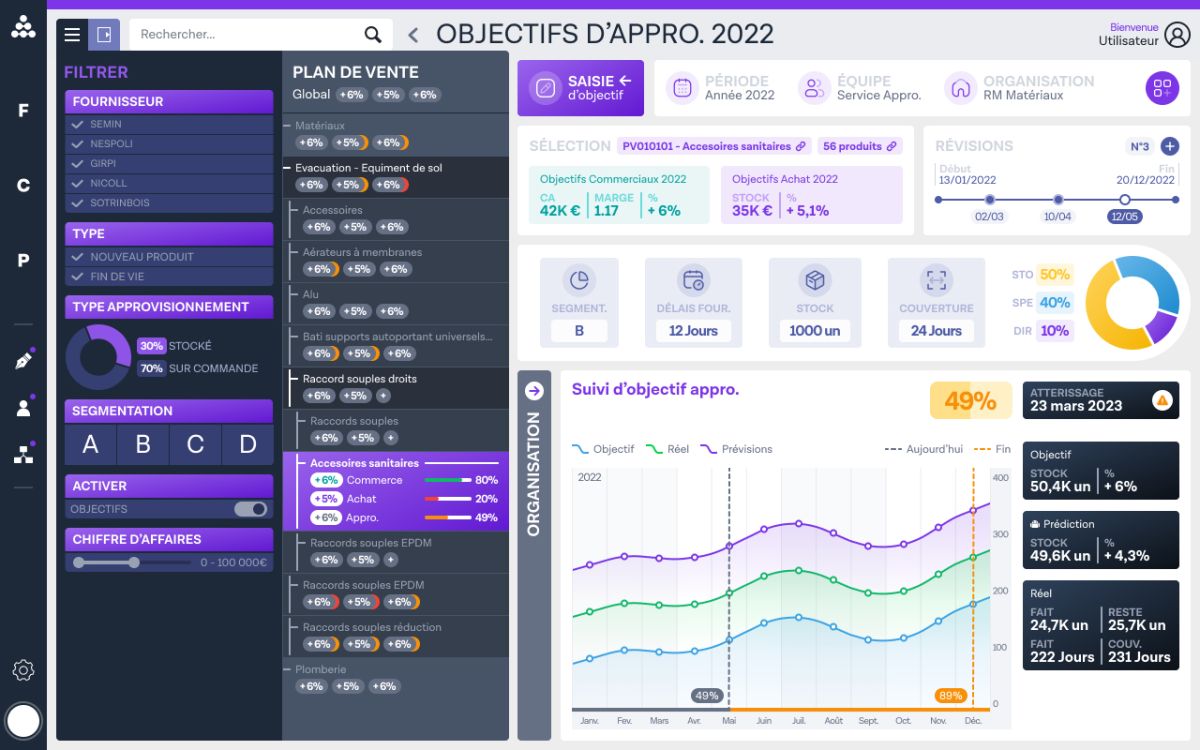
VANA, the collaborative SRM
Awards
Information
VANA is a collaborative SRM. The term collaborative is important because we have too often identified silos between purchasing, supply chain and commercial departments. This phenomenon is detrimental to profitability and is opposed to a global supply strategy as a performance lever. VANA is therefore a solution that addresses buyers by providing all the traditional functionalities of an SRM such as supplier and End-Of-Year sales management, but goes further thanks to its sales forecasting engine. Our solution also responds to the challenges of supply chain managers and logistics coordinators with order optimization functionalities in the context of reducing the carbon footprint, real-time inventory tracking and also thanks to its predictive models on transportation. VANA is able to generate alerts on sea and land freight shipments from endogenous and exogenous data to determine possible delays or anomalies. The choice of a modular SaaS platform makes VANA's functionalities accessible via a complete interface or via Webservices. The interface is designed for the business and has been co-constructed with field players to find information in less than 3 clicks. It is also easy to plug into other solutions (BI, Excel, ERP, database, etc.). VANA has been designed to make users more efficient and to relieve them of routine tasks with little added value.
Web page
Argument
VANA, est un SRM collaboratif boosté à l’intelligence artificielle, qui est bien plus qu’un simple SRM, avec d’autres fonctionnalités innovantes comme la prévision des ventes, l’optimisation de des approvisionnements ou encore le contrôle de l'empreinte carbone. Notre moteur de prédiction des ventes a une fiabilité moyenne de 89 % au mois dans le cadre des ventes de matériaux de construction. Notre moteur d’IA utilise différents modèles d’intelligence artificielle pour optimiser l’apprentissage, le temps de traitement et la fiabilité des prédictions suivant la catégorie de produit. De plus, il tient compte de données endogènes comme les activités extraordinaires (promotion, braderie, saisonnalité) et exogènes (météo, période COVID). Avec ces données, nous pouvons optimiser l’amont de la chaîne. À partir des prévisions de ventes, nous pouvons donc optimiser les préconisations d’achat afin de sécuriser le stock, améliorer les achats et perfectionner les approvisionnements.